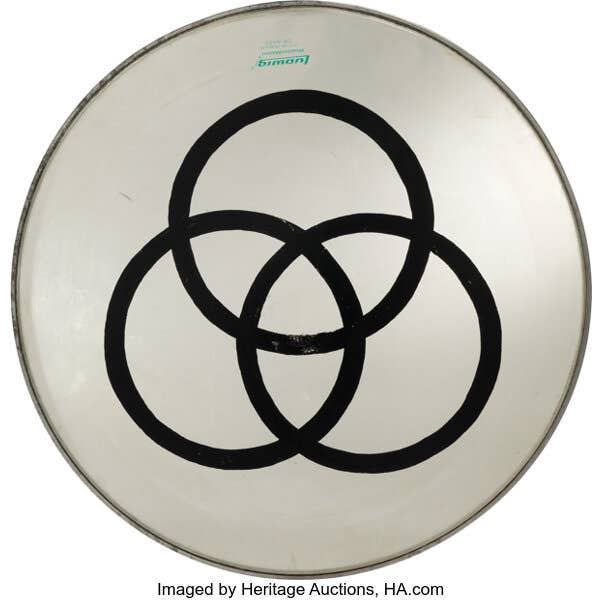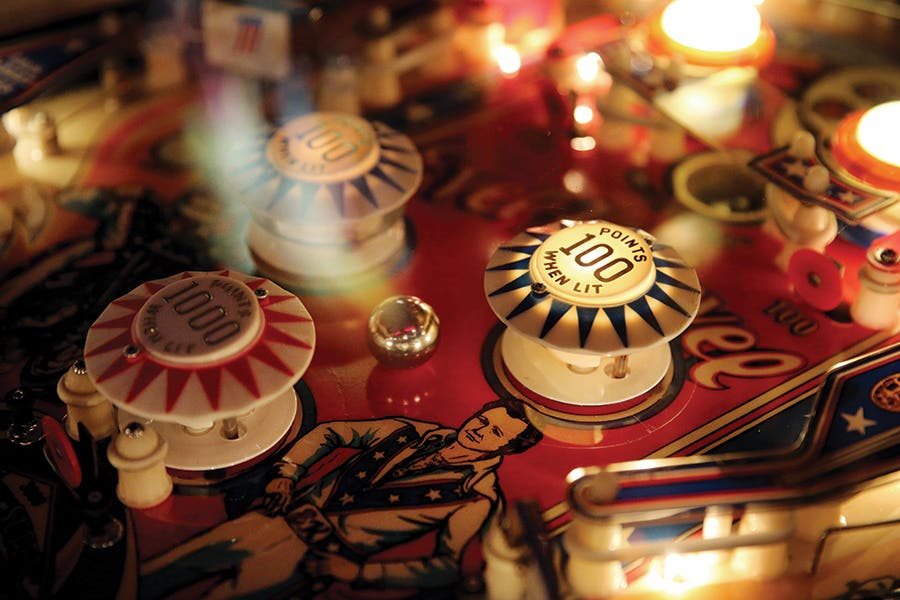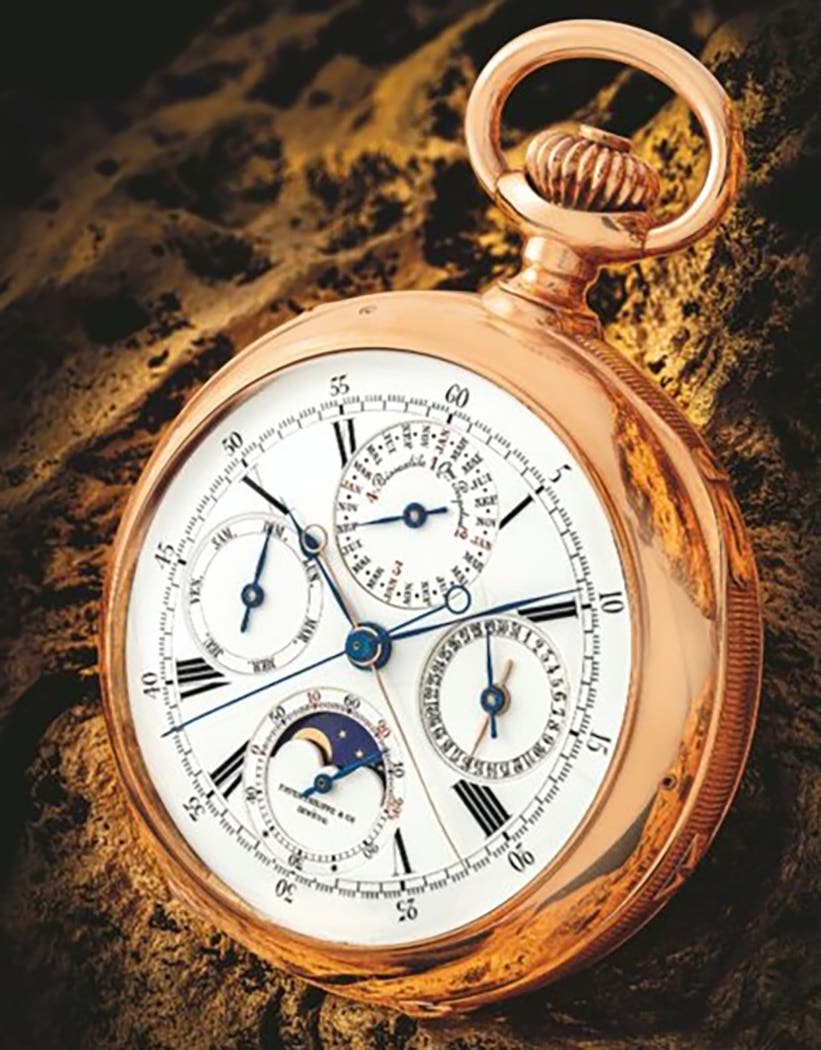Why children aren’t smiling in early photographs
Recently the Antique Trader received a query from one of our subscribers asking why children did not smile in photographs during the nineteenth century. As a photograph collector, this is a question I have been asked many times throughout the years.
Early photograph history by Dr. Anthony Cavo
Recently the Antique Trader received a query from one of our subscribers asking why children did not smile in photographs during the nineteenth century. As a photograph collector, this is a question I have been asked many times throughout the years. I also find it to be a timely question. Last week my three book series “Yesterday’s Child” was released and smiling in photographs is one of the subjects covered. The series “Yesterday’s Child 1840 to 1869,” “Yesterday’s Child 1870 to 1899” and “Yesterday’s Child1900 to 1930” includes more than 200 photographs of children with barely a smile in the lot. The short answer is, not only didn’t children smile for photographs, almost no one smiled for the camera during that time period, and why they didn’t smile is a combination of technical considerations, propriety and vanity.
I began collecting nineteenth century photographs in 1963. Shortly after I began collecting these images I met a woman in her eighties whose father had been a nineteenth century photographer and from whom I purchased hundreds of his late nineteenth and early twentieth century glass negatives. I asked her this same question and she told me that aside from being considered “common” people didn’t smile because they didn’t want their faces to be “blurry.” Of course I didn’t understand the nuances of the word “common,” which I thought meant “something that was found everywhere.” I also didn’t understand why a face would become “blurry” if someone smiled. My mother simplified Mrs. Hamilton’s meaning of the word “common” in terms a seven year old could understand by saying it meant “impolite.” Of course what it meant was that all aspects of Victorian life were dictated by the etiquette of the day. Prim and proper behavior was expected, even when posing for a photograph.
Brick and mortar photo parlors were elaborately decorated and sitting for a photograph was not a casual event. Photographs were expensive and for some people a once-in-a-lifetime event for which you dressed and acted appropriately. In short, it was a serious occasion and not one to which you would wear the nineteenth century equivalent of a jogging suit and grin inanely like a drunkard or lasciviously like a theatrical personality. During the 1850s a Daguerreotype cost twenty-five cents for a sixteenth plate (about 1.4 x 1.6 inches), fifty cents for a ninth plate (about 2 x 2.5 inches) and up to two-dollars for a quarter plate (about 3.25 x 4.25 inches) in a better studio. To put things in perspective, the average workweek for a laborer was ten hours a day, six days a week with a weekly salary of less than five dollars. A two-dollar photograph was serious business.
My dad, who was a printer with a vast knowledge of photography, explained exposure time and the blurring result that movement could have on an image. The earliest known existing photograph was taken in 1826 and had an exposure time of more than eight hours. Simply put, exposure time in the nineteenth century was the amount of time required for the photographic plate to be exposed to light in order to capture an image. By 1839, Louis Daguerre developed a process, now known as the Daguerreotype, that reduced the exposure time to minutes rather than hours.
The exposure time required to create an image depended on the amount of available light with exposure times ranging from one to one-and-a-half minutes during the 1840s. By the 1850s, exposure times were reduced to seconds in the most optimal light, however, any movement during that time resulted in blurring.
It is not unusual to find an image of a young child with a blurry hand or foot. The blurred effect can best be seen in nineteenth century images of dogs. The most successful images of dogs were taken with the dog laying down whereas other images show dogs with blurs where their heads should be.
If you study nineteenth century images you will note that every part of the sitter’s body has some type of support. In order to prevent movement, people are seated with their arms resting on tables or arm rests or standing with their elbow on a column.
What you do not see is the photographer’s posing stand. Posing stands have wishbone shaped clamps at the level of the sitter’s neck and at their waist if they are standing; these clamps prevent or decrease blurring by stabilizing the sitter’s head and hips. The sitter’s neck rests in the upper clamp while the lower clamp steadies their waist and hip area during the exposure time. These stands are not supposed to be seen in photographs but the bases of these stands are often visible, especially in Cartes de Visite.
To a lesser extent, but no less important to the sitter, was personal vanity. Vanity was another reason people, especially adults, did not smile for the camera. Daily dental hygiene was not commonly practiced during the nineteenth century and many people had crooked, discolored, chipped, rotten or even missing teeth. Smiling would risk exposure of such defects.
It wasn’t until the advent of amateur photography in 1888 that candid shots, accompanied by smiles, began to be seen. By the early twentieth century smiling people were regularly seen in photographs and within the first two decades of that century smiling in photographs became de rigueur.
So next time someone points a camera in your direction, smile and think of all the archaic taboos you are breaking.
The images of the young girl and young boy with their dogs are from “Yesterday’s Pet: Companions in Time, Photos of Pets and Their People 1850 to 1930,” which will be available early in 2019.








